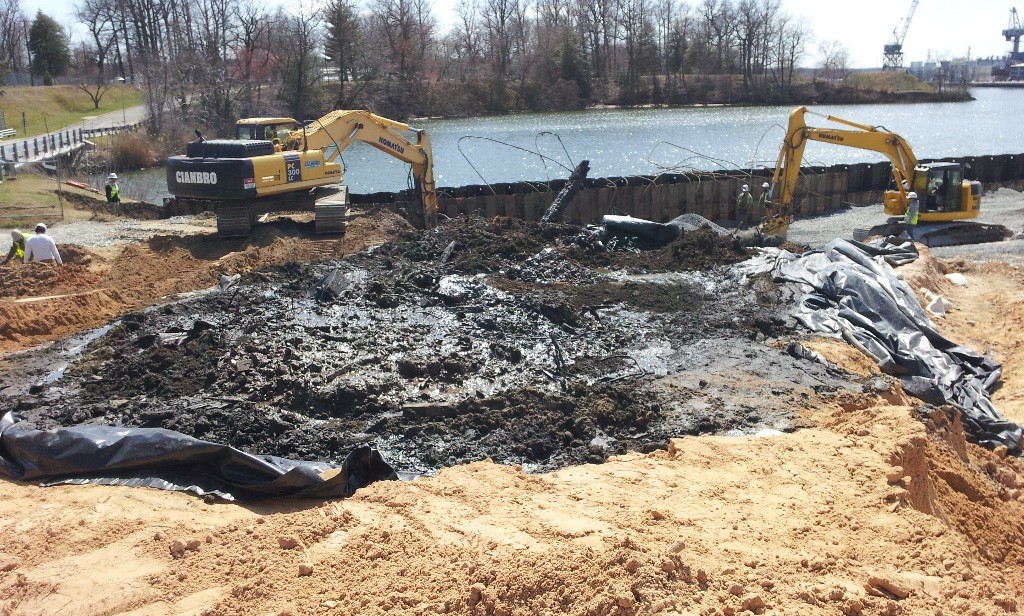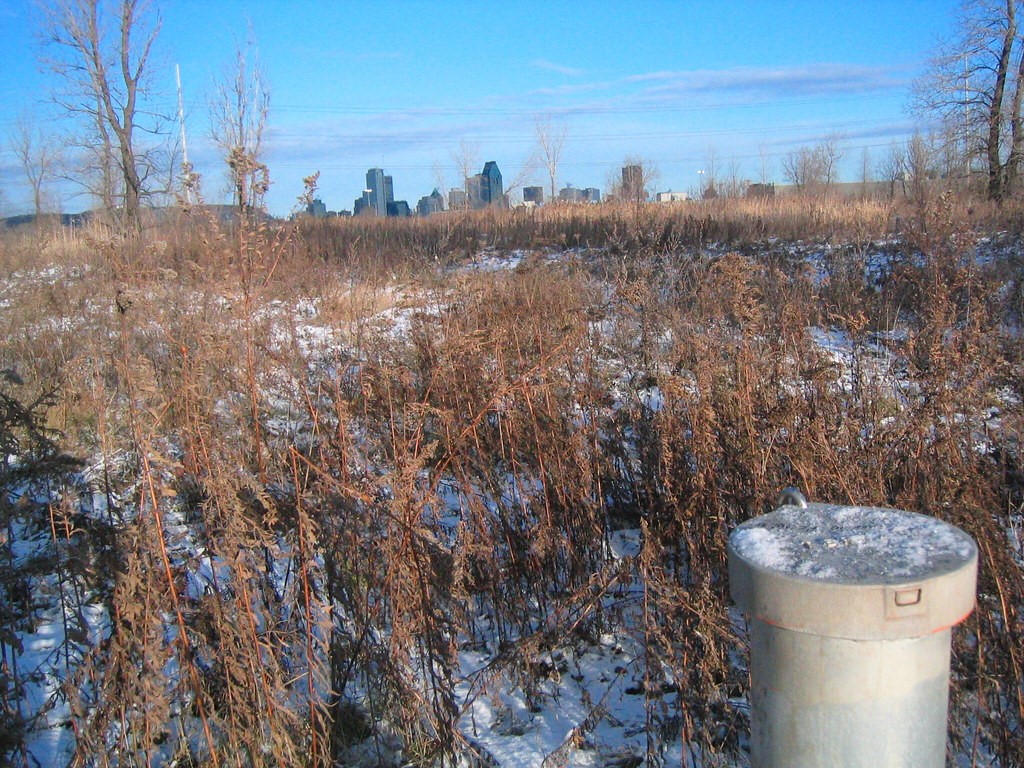
Population pressure, industrial activity and government policy have bequeathed future generations with menacing soil pollution problems. According to the UN Food and Agriculture Organisation, 90% of the world’s food-producing soils will be impaired or completely unusable by 2050. The main reason is salination caused by intensive use of fertilisers and pesticides.
The European Union Urban Waste Water Treatment Directive allowed farms to spray sewage sludge onto farmland even though it accelerates salination.
Industrial pollution is also a major problem, making millions of hectares unsafe for new factories and homes, let alone farming. Two of the main sources of toxic contamination are coal and petrol.
A third vector by which land is contaminated is waste disposal. Although the UK now obliges citizens to separate “recyclable” from “unrecyclable” domestic waste, only 20% of the “recyclable” waste is actually recycled; 80% still goes directly to landfills.
Leading hazards
The most common chemical problems are petroleum derivatives and other aromatic hydrocarbons, pesticides, and heavy metals. Microplastics and asbestos are also serious issues.
Coal is used less frequently today but is still familiar enough to seem relatively harmless. Householders usually tipped it on their gardens as a plant feed. However, centuries of coal burning have left a legacy of organics like anthracene and benzofluoranthene and concentrations of heavy metals including lead.
Clean-ups
A specialist land remediation company such as https://soilfix.co.uk/services/groundwater-soil-remediation-services has a broad range of technological solutions for cleaning land. They begin with ground analysis and frequently involve computer modelling of possible solutions. Strategies can include aeration, thermal treatment, excavation, dredging, bioremediation, groundwater extraction or containment. Plants and fungi can be used to absorb particular heavy metals.
Operations are often hampered by red tape. In England, the Environment Agency and local councils are responsible for vetting the condition of potentially contaminated land, usually when it is sold or developed.
If the land is considered contaminated, the person who caused it is usually responsible for remediation. However, responsibility is often unclear or the perpetrators are long gone.
Councils are then entitled to hold the owner or current tenant responsible. In many cases, practical and economic difficulties prevent clean-up operations indefinitely. Without remediation, planning consent is withheld and the land is left unusable.
Land owners and prospective buyers are advised not to wait for council intervention and to contact a land remediation specialist first.






